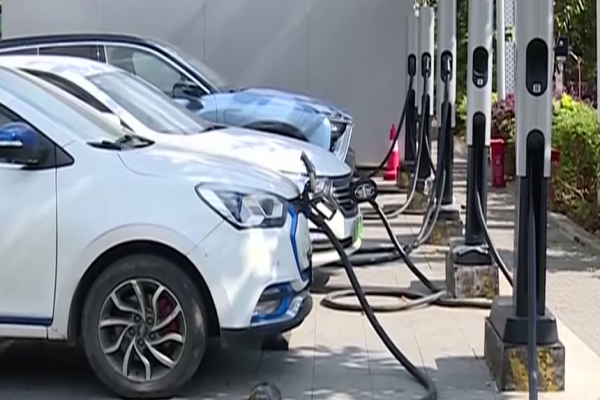On July 27th, the State Council Information Office held a press conference on “accelerating the construction of an energy-powerful country to fully ensure energy security”. Zhang Jianhua, director of the National Energy Administration, said that the construction of electric vehicle charging facilities will be accelerated. As of June this year, a total of 3.92 million units, forming the world’s largest charging infrastructure.

At the meeting, a reporter asked that the “14th Five-Year Plan” is a critical period and a window period for carbon peaking. Energy is an important area for carbon peaking. What measures has the National Energy Administration taken to promote the realization of the carbon peaking goal? In the context of global energy supply shortage, can China’s energy carbon peaking work be realized as scheduled? Zhang Jianhua introduced that the National Energy Administration has paid close attention to the implementation of the “14th Five-Year Plan” energy plan and the implementation of the carbon peaking plan in the energy field, and promoted the green and low-carbon transformation and high-quality development of energy.
Specifically, three aspects:
First, vigorously develop non-fossil energy. Last year, my country’s renewable energy installed capacity increased by about 130 million kilowatts, and it exceeded the 1 billion kilowatt mark in October last year. In the first half of this year, the newly installed capacity exceeded 50 million kilowatts, and in May it further exceeded 1 billion kilowatts. It is expected that by 2025, the proportion of renewable energy in total energy consumption will reach about 18%. In addition, since the beginning of this year, six nuclear power plants have been approved to start construction.
The second is to actively promote the clean and efficient utilization of coal. Vigorously implement energy-saving and carbon-reducing transformation of coal-fired power, flexibility transformation and heating transformation. In 2021, the transformation of 240 million kilowatts has been completed, and this year will continue to transform 220 million kilowatts, laying a good foundation for the goal of accumulative transformation of 600 million kilowatts during the “14th Five-Year Plan”.
The third is to strengthen the clean replacement of end-use energy. The clean heating in the northern region has completed the planning goals ahead of schedule. The clean heating area has reached 15.6 billion square meters, and the clean heating rate has reached 73.6%. The cumulative replacement of scattered coal exceeds 150 million tons, which contributes to reducing the concentration of PM2.5 and improving air quality. more than 1/3. In addition, the construction of electric vehicle charging facilities has been accelerated. As of June this year, a total of 3.92 million units have been built, forming the world’s largest charging infrastructure. In 2025, it will meet the charging needs of more than 20 million electric vehicles.
Zhang Jianhua said that under the situation of tight global energy supply last year and the restart of coal power in many European countries, the development of non-fossil energy in China has maintained its strength, and the proportion of total energy consumption has increased by 0.7 percentage points, from 15.9% to 16.6%. It has maintained the average annual growth rate since the 18th National Congress of the Communist Party of my country. From now to 2030, it is expected that the proportion of non-fossil energy consumption will continue to grow at an average rate of 1 percentage point per year.














